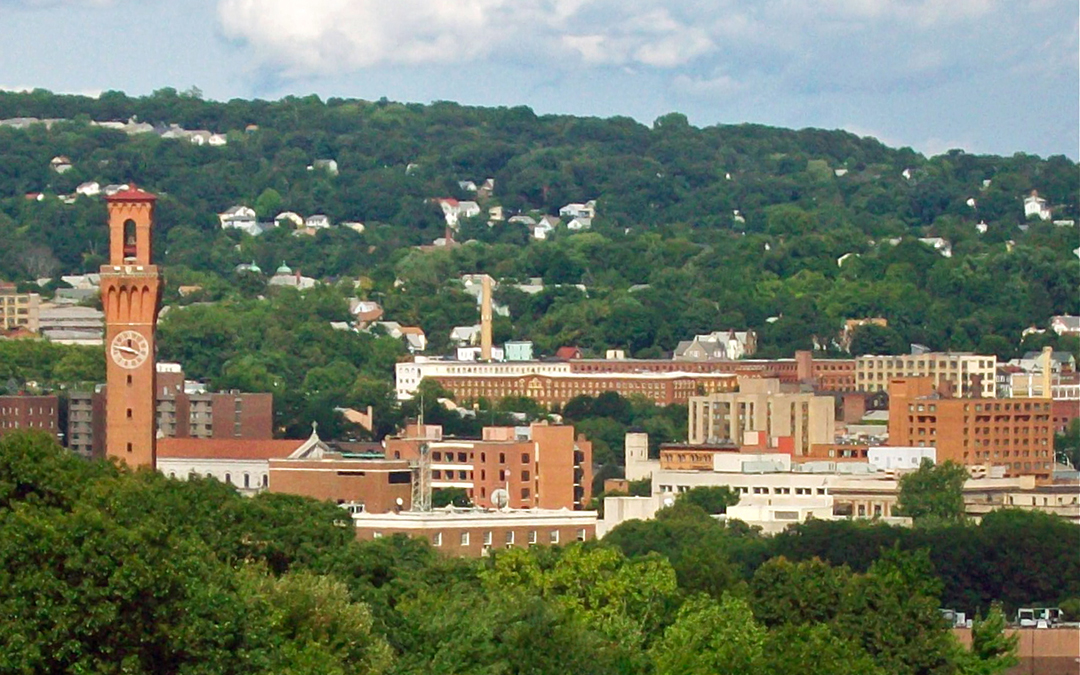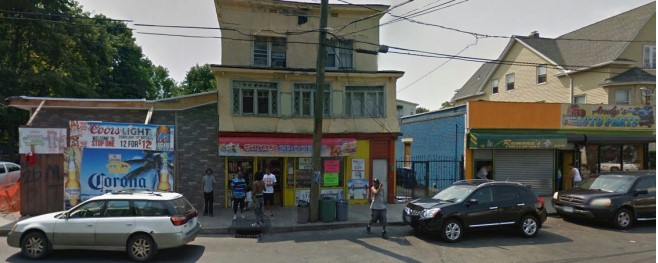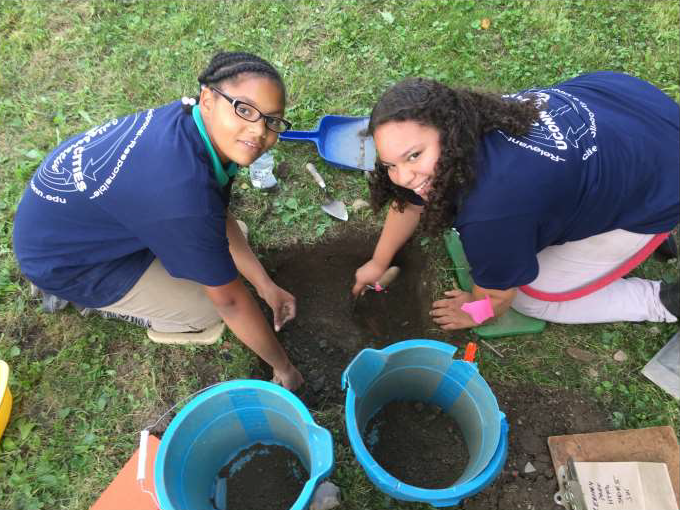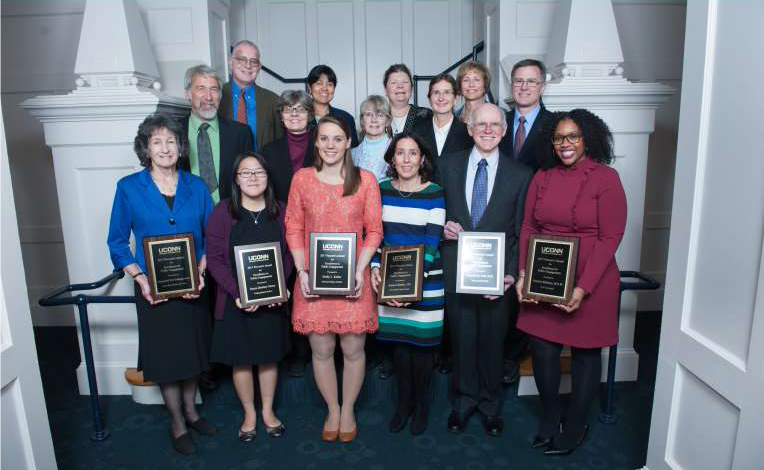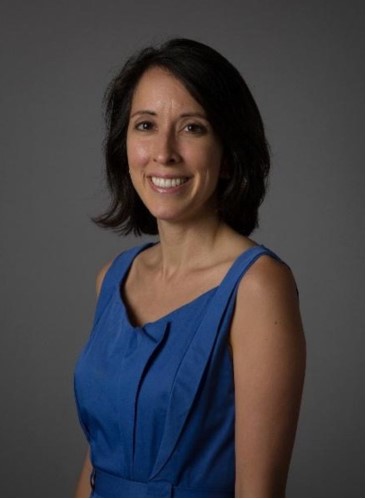 The UConn Office of Public Engagement is excited to bring the latest news from Sara C. Bronin, a professor at the UConn School of Law who utilizes Service Learning in her courses. Professor Bronin is also the Thomas F. Gallivan Chair in Real Property Law and Faculty Director of the Center for Energy and Environmental Law. Bronin is a Mexican-American architect and attorney whose engaged scholarship focuses on property, land use, historic preservation, green building, and renewable energy law. As the Gallivan Chair, she organizes annual public conferences and speaks frequently throughout the United States and internationally. She has been elected to the membership of the American Law Institute and is the lead author of the land use and servitude volumes of the forthcoming Fourth Restatement of Property. In addition to her teaching and scholarship responsibilities, she serves as faculty director for the Law School’s Center for Energy & Environmental Law. Professor Bronin serves as an expert witness and consultant to cities, state agencies, and private firms. Among other projects, she served as one of the lead attorneys and development strategists for the 360 State Street project, a mixed-use, transit-oriented, LEED Platinum project in New Haven. As chair of the City of Hartford’s Planning & Zoning Commission, she has overseen award-winning changes to the zoning, subdivision, and inland wetlands regulations for the benefit of the city of Hartford. As chair of the Hartford Climate Stewardship Council, she led a collaborative effort to draft and adopt the city’s first Climate Action Plan. Professor Bronin also chairs the city’s Energy Improvement District Board and serves in the leadership of the Connecticut Trust for Historic Preservation.
The UConn Office of Public Engagement is excited to bring the latest news from Sara C. Bronin, a professor at the UConn School of Law who utilizes Service Learning in her courses. Professor Bronin is also the Thomas F. Gallivan Chair in Real Property Law and Faculty Director of the Center for Energy and Environmental Law. Bronin is a Mexican-American architect and attorney whose engaged scholarship focuses on property, land use, historic preservation, green building, and renewable energy law. As the Gallivan Chair, she organizes annual public conferences and speaks frequently throughout the United States and internationally. She has been elected to the membership of the American Law Institute and is the lead author of the land use and servitude volumes of the forthcoming Fourth Restatement of Property. In addition to her teaching and scholarship responsibilities, she serves as faculty director for the Law School’s Center for Energy & Environmental Law. Professor Bronin serves as an expert witness and consultant to cities, state agencies, and private firms. Among other projects, she served as one of the lead attorneys and development strategists for the 360 State Street project, a mixed-use, transit-oriented, LEED Platinum project in New Haven. As chair of the City of Hartford’s Planning & Zoning Commission, she has overseen award-winning changes to the zoning, subdivision, and inland wetlands regulations for the benefit of the city of Hartford. As chair of the Hartford Climate Stewardship Council, she led a collaborative effort to draft and adopt the city’s first Climate Action Plan. Professor Bronin also chairs the city’s Energy Improvement District Board and serves in the leadership of the Connecticut Trust for Historic Preservation.
OPE: What is your background? What led you to where you are today on your career and personal interests? Is there any one circumstance that made your path very clear?
SCB: As an undergraduate, I attended architecture school, enrolling in a 5-year program leading up to a professional degree. In that program, I realized that the built environment is influenced not only by design, but also by rules like zoning regulations and building codes. I knew I needed to learn more about law and policy, which led me on the path to a masters degree and then law school.
OPE: How are you balancing academia, legal/architectural practice, and public service?
SCB: Of course, my full-time job is as a professor at UConn, specializing in property, land use, and historic preservation law. I also run UConn Law’s Center for Energy and Environmental Law, which is a sprawling enterprise that oversees a full curriculum leading to a JD certificate or an LLM, offers conferences and symposia, and employs research assistants and a legal fellow doing work on sea level rise. After hours, I’ve been involved in public service at the state and local levels, which ties directly to my research interests. In 2007, for example, I became a commissioner on the City of Hartford’s Historic Properties Commission, and that experience really informed my work, including two books on historic preservation law that have since published. So I see public service as informing into my academic work, and vice versa. I also do some consulting work, usually related to land use or property legal matters.
OPE: What are your latest projects?
SCB: Outside the classroom, I’ve gotten much more involved recently with the Connecticut Trust for Historic Preservation. It is a nonprofit that advocates for the places we care about most, and facilitates preservation development. This year, I helped lead a strategic planning process that pushes the Trust to build on its strengths and identify opportunities for future growth. My latest leadership role is as chair of the energy improvement district for the City of Hartford. In that role, I try to help guide the city’s energy development efforts. Right now, we are finalizing a plan that identifies potential energy projects citywide, focusing on projects that would benefit low-income families. Incidentally, three former UConn Law students in one of my classes drafted the ordinance that created the energy improvement district.
As for scholarship, I am the lead drafter for the land use and servitude volumes of the Fourth Restatement of Property Law. A Restatement aims to guide judges and others in the process of deciding cases in that area of law. It is a monumental effort, which happens once every thirty or forty years. Last fall, I finished the near-final draft of the land use volume and will hope to wrap that up in 2018. This month, the second edition of Historic Preservation Law in a Nutshell came out, which is exciting. I continue to serve as co-author of a zoning law treatise, and I just published a few “popular writing” pieces, like an article for Planning magazine, which goes out to every member of the American Planning Association, on the elimination of mandatory parking minimums.
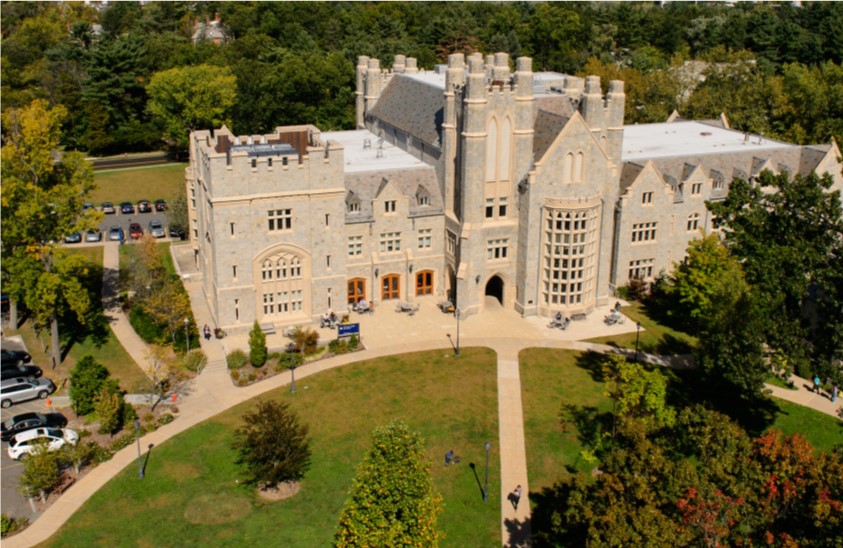
OPE: What are parking minimums, and what do they mean for cities?
SCB: Nearly every zoning code in the country has strict provisions that require property owners to add a certain amount of parking when they build something new or change a use. Hartford’s Planning & Zoning Commission voted unanimously in December to amend our zoning code to drop all mandatory parking minimums. As you may know, UConn Professor Norman Garrick has been an important voice in this discussion. He and others have produced several studies highlighting the hidden financial costs of excessive parking, the relationship between parking and car use, and the negative impacts of parking on the experience of walkers and bikers. We have gotten national attention for this change, which keeps Hartford at the forefront of zoning innovation. We expect it will spur on more development and create a better urban experience for bikers and walkers. We also hope Hartford will see a reduction in impervious pavement, which will decrease the urban heat island effect.
OPE: Besides parking, can you discuss what you do with the City of Hartford’s Planning & Zoning Commission?
SCB: Over the last few years we’ve primarily been engaged in reform of our zoning laws. In early 2016, we completely replaced our outdated zoning code with a new, form-based code that aims to create a more livable and sustainable city. Building on that effort, we convened the Climate Stewardship Council in April of 2016, to focus specifically on drafting a Climate Action Plan. We have the opportunity to incorporate that Climate Action Plan into the 2020 comprehensive plan of development for the city of Hartford. We’re starting to scope out that plan now – it is truly an exciting time.
OPE: Can you share with us the details of the Hartford Climate Action Plan? What kind of contributions are expected? Who should be involved in these projects and what are the potential outcomes?
SCB: The Climate Stewardship Council, which I just mentioned, is the group that drafted the Climate Action Plan (CAP). After robust community engagement, the CAP was formally adopted in January by the City Council, and we couldn’t be happier. The CAP is essentially a roadmap, providing goals and strategies for making Hartford a national leader in environmental stewardship and quality of life. It is organized around six focus areas: Energy, Food, Landscape, Transportation, Waste, & Water. For each focus area, the CAP enumerates specific strategies and provides suggestions to residents and businesses for actions they can take to help further each focus area of the plan. Overarching the entire document are our three core values: public health, economic development, and social equity. While Hartford has come a long way in the last few years, the CAP looks to take us even further by providing lofty goals.
Climate change is a huge issue, and it takes a coordinated effort to make progress. We’ll be most successful in our environmental stewardship efforts if we keep community organizations, residents, businesses, students, and public officials actively involved. If the CAP drafting process was any indication, there are a lot of people in the Hartford community willing to dedicate their time and effort toward making our city as sustainable as possible. We also now have a grant-funded Sustainability Office working full time to facilitate community outreach and implementation.
OPE: How should local universities be involved in this project?
SCB: We’ve found that when it comes to a major research undertaking like drafting a Climate Action Plan (CAP), local institutions of higher education are critical partners. UConn Law students provided research assistance and helped to draft early versions of the CAP. Student interns from other local colleges like Trinity and University of Hartford aided the CSC with research, grant-writing, communications, community outreach, administrative support, and graphic design. We were even able to secure the help of a group of Berkeley public policy grad students. Their cost-benefit analysis helped determine the strategies and goals that ultimately ended up in the CAP. We are looking to involving colleges and universities in the region in the implementation phase.
OPE: Have you involved UConn in implementation? What do you think about service learning courses?
SCB: UConn’s Office of Public Engagement is actively connecting students and professors with the Sustainability Office. Their work – tackling discrete “action items” in the Climate Action Plan – will help Hartford realize more of the Plan’s goals, more quickly. Of course, in general, I think service learning is really important. I am proud that UConn is more formally embracing public service through the Office of Public Engagement and exposing the students to opportunities to engage in service learning. The broad array of courses already being offered is promising. My hope is that it continues to increase and expand into different areas over time.
OPE: And what about service learning at the Law School?
SCB: The Law School prides itself on a culture of engagement that goes back decades. We were one of the first law schools to institute a “practice-based learning” requirement, which requires students to complete a semester-long activity, like an externship at a public agency, that applies their skills in practice. Students can also fulfill this requirement by serving as student interns, supervised by attorneys, in the Law School clinics. In the clinical program, law students serve real clients seeking assistance on a range of issues from criminal law to immigration law to intellectual property law. My experience with the clinical programs comes from the Connecticut Urban Legal Initiative, which I chaired for a few years and which provides top-notch, free or low-cost legal services to non-profit organizations and others, particularly for real estate projects. Another new initiative that the Law School has undertaken under the leadership of Dean Fisher is the Community Law Center, which pairs new attorneys who are seeking to start their own practices with people who might not otherwise have access to legal services. And the Law School has an impact through our lectures and conferences. These events often tackle some of the most pressing issues of our time, including criminal justice reform, environmental degradation, free speech rights, and constitutional questions. We attract about two hundred people, from all professions and backgrounds, at each conference. For the most part, the programs are free. So, in that sense the Law School provides an educational service that goes beyond just the classroom experience. Finally, as you know, professors often incorporate service learning into their classes.
OPE: You are one of those professors. What has been your favorite project that has involved service learning?
SCB: Certainly the most significant in terms of the number of students and impact has been the zoning code reform to the City of Hartford. A few dozen UConn Law students, enrolled in my classes over the course of a few years, worked on that project. The whole commission was impressed by their work to identify best practices in land use regulation and present that to the commission. At the same time, the students received a chance to apply their research in a real-life setting by making presentations in real time to decision makers who had the authority to act on their recommendations. And in fact, almost every student project that was presented to the commission was adopted by the commission. And so, you see the imprint of UConn Law research throughout the zoning code, to the long-term benefit of the people of the City of Hartford.
